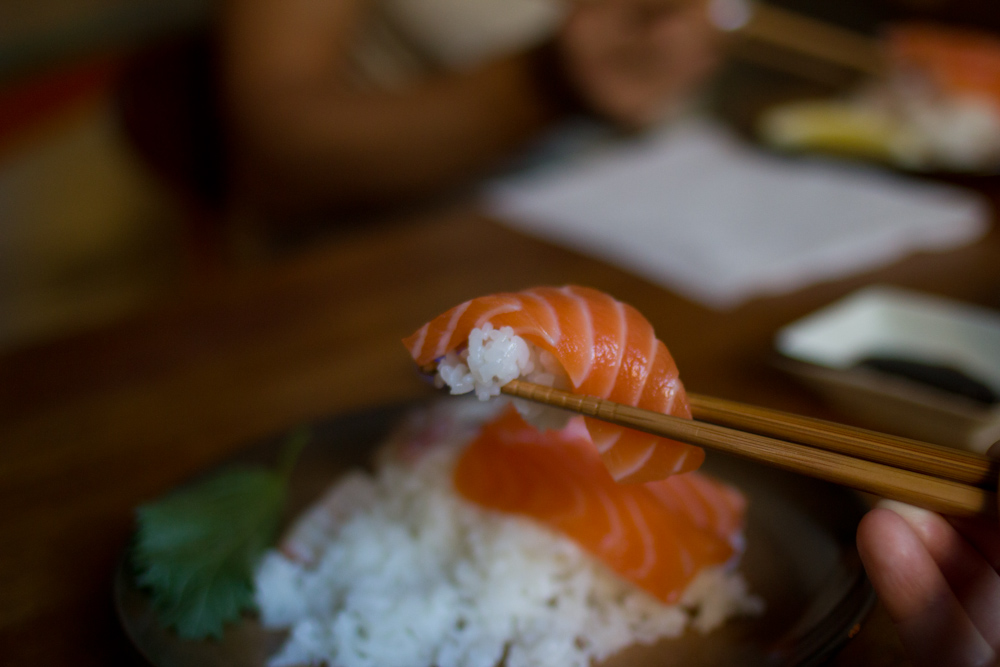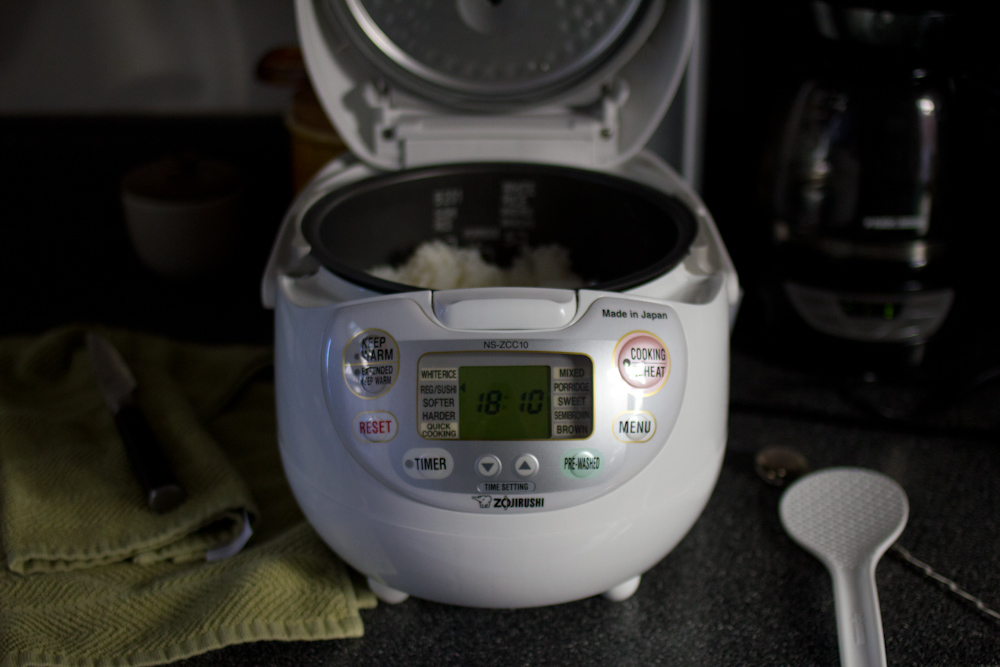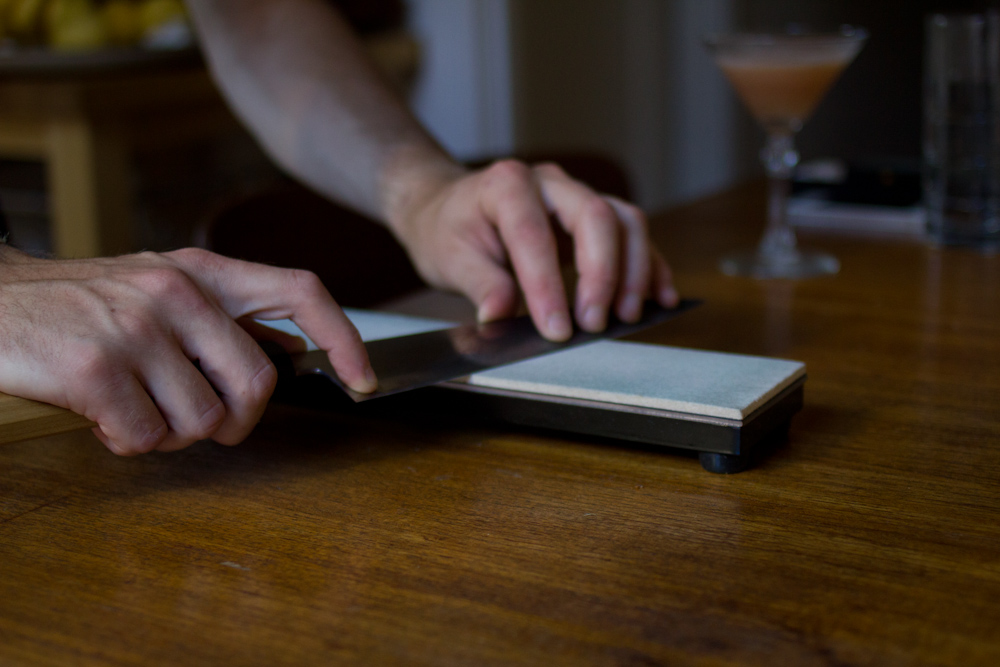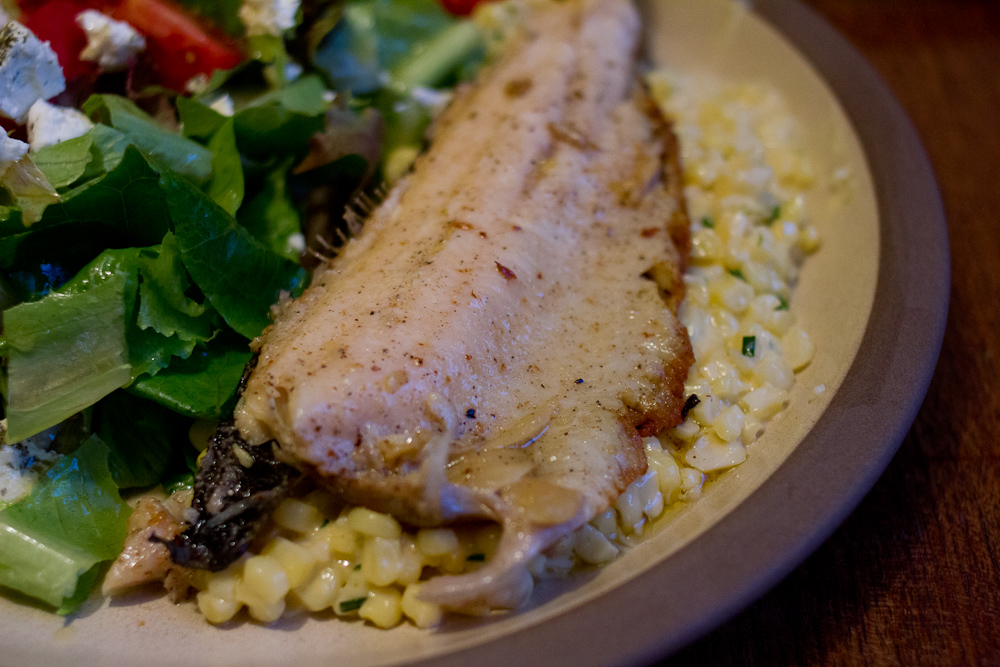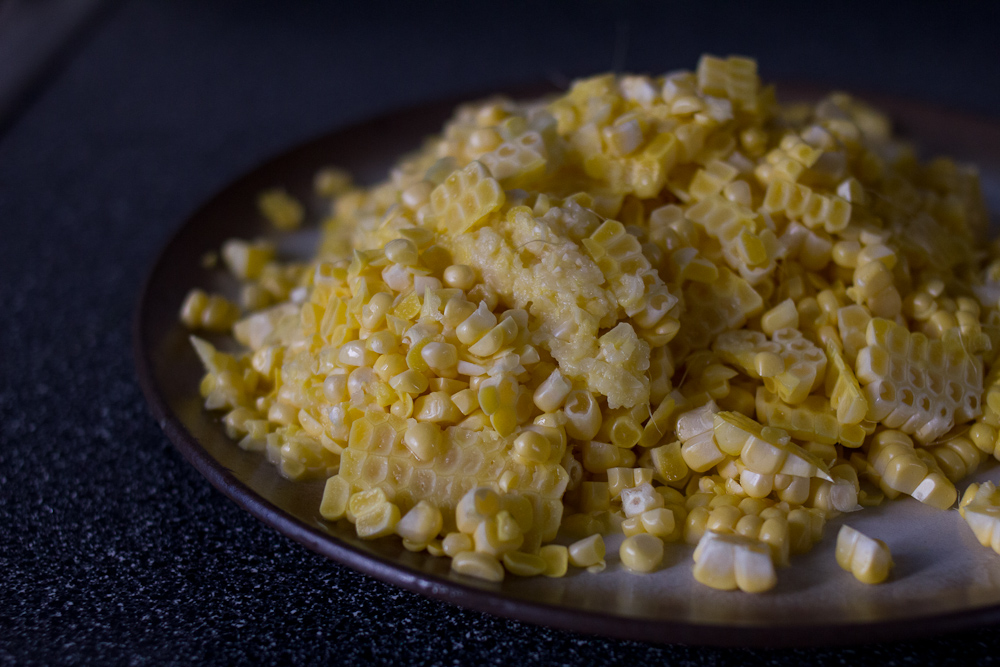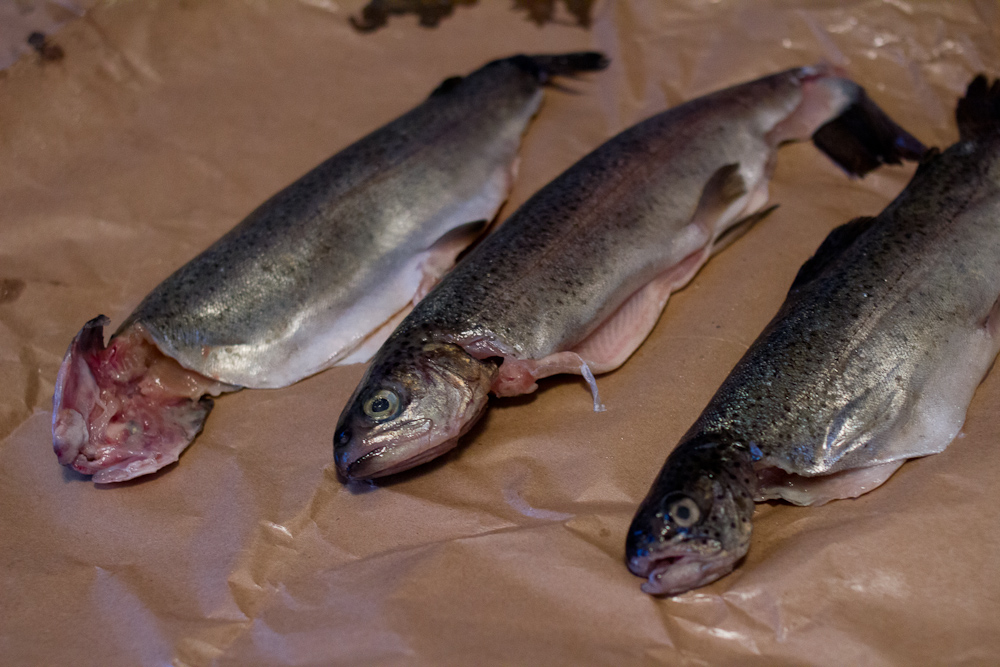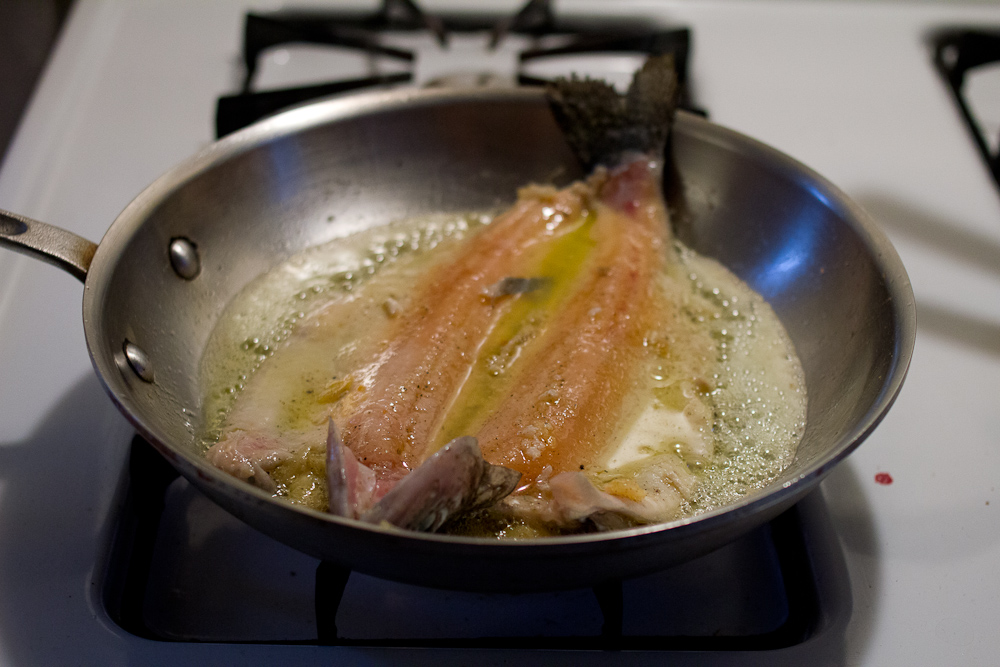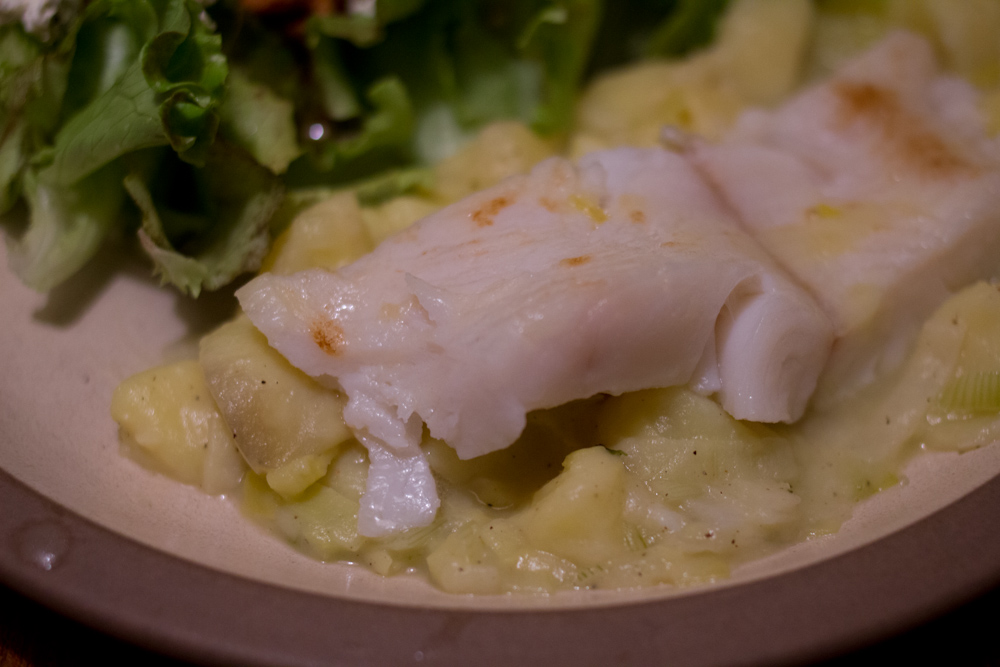We’ve talked about how I have Jordan to thank for my love all foods fishy. Well, my gateway fish dish was sushi. It started innocently enough with a shrimp tempura roll, maybe some seared BBQ tuna, but soon morphed into hook me up with that chirashi, and stat. I love sushi, especially simple sushi. Vinegar rice + raw fish = perfection.
Which brings me to my next point, it is really hard to hide bad rice (or bad fish, but we’re not going there) when your dish has just two ingredients. Sushi rice is a special thing and insanely hard to make if you don’t have a decent rice cooker. The texture is paramount and we’ve struggled for years to get it right. First we gave it a go in a pot on the stove, and then in a subpar rice cooker. There were tears.
And then for my birthday we went to Japantown. We looked at all the cute things (!!!), took some purikura photos and spent an hour and half in the Japanese supermarket. The very best part of the day (a tough call for me because I love just about everything Japantown has to offer) was that Jordan bought me my very own Zojirushi NeuroFuzzy rice cooker. It has a little computer inside. It sings to us when it starts and finishes the rice. You can customize the hardness or softness of your rice. You can keep rice warm in the cooker for days and it still tastes pretty darn good. NeuroFuzzy is amazing and will make you perfect sushi rice. It is also a very romantic gift.
Armed with a decent rice cooker and access to sushi-grade fish (YAY, JAPANTOWN!), we’ve been reveling in perfect chirashi. So simple and fresh and good. I am so happy. Sushi-happy, which I’m sure must be a phrase in Japanese, if only I spoke it.
Chirashi Sushi
For the sushi-su
1/4 rice vinegar
2 tablespoons sugar
2 teaspoons salt
2 cups sushi rice
your favorite raw fish, sliced thinly
Make the rice according to your rice cooker’s instructions. Rice cookers know all. In a small pan over low heat, heat the rice vinegar, sugar and salt and mix until combined. Remove from the heat and let cool. Once the rice is finished cooking, transfer it to a large shallow bowl. Drizzle the sushi-su over the rice and stir the rice gently to incorporate the sushi-su and cool the rice.
Thinly slice your fish using the sharpest knife you’ve got. Mound a small pile of rice on a plate and top with slices of fish. Serve with soy sauce, wasabi and pickled ginger.
And lastly, if I wasn’t already obsessed with Japan (so much cute!) and Japanese cuisine, we watched this fantastic documentary that transformed the way I look at sushi. I also recently read this wonderfully funny book that made me want to travel to Tokyo and eat everything, immediately.
-Emily
